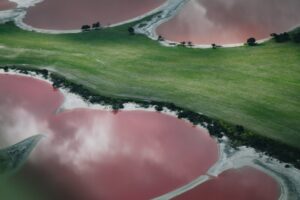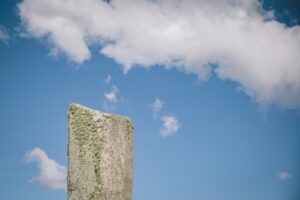Is it just me, or are mushrooms having a moment?
Nowadays, I feel like everywhere I look, I see mushrooms. From decorating cushions to foraging with friends to microdosing, mushrooms have been in fashion for a while now. Trendy and cool fungi are having a real renaissance, and I’m here for it.
So, what has inspired the world to wake up to how cool mushrooms can be? I think the popularity of books like Merlin Sheldrake’s Entangled Life, which gives us plebs a glimpse into their complex world combined with the “discovery” of their superpowers, has rocketed mushrooms into a bit of a cultural zeitgeist. A friend of mine here in New Zealand even wrote about it: Fungi of Aotearoa.
I mean, I get it. Mushrooms are amazing. From their positive health benefits to interest in psychedelics again, mushrooms are just pretty cool to look at, not to mention how tasty some can be. Some can even glow in the dark. Others will kill you. Talk about enigmatic. Mushrooms are a real vibe in 2024.
And none more so than New Zealand’s endemic neon blue mushroom – werewere-kōkako or Entoloma hochstetteri.
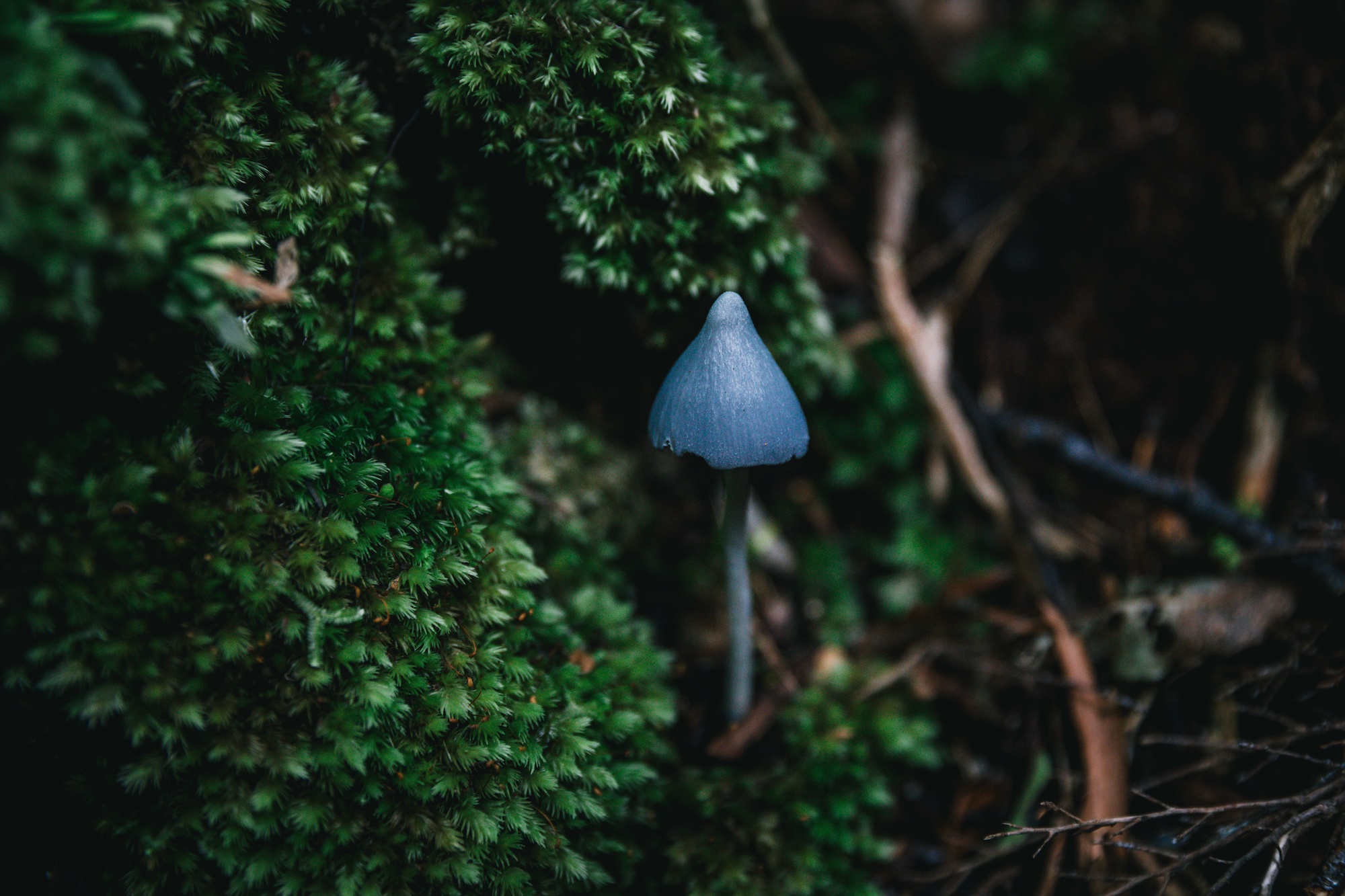
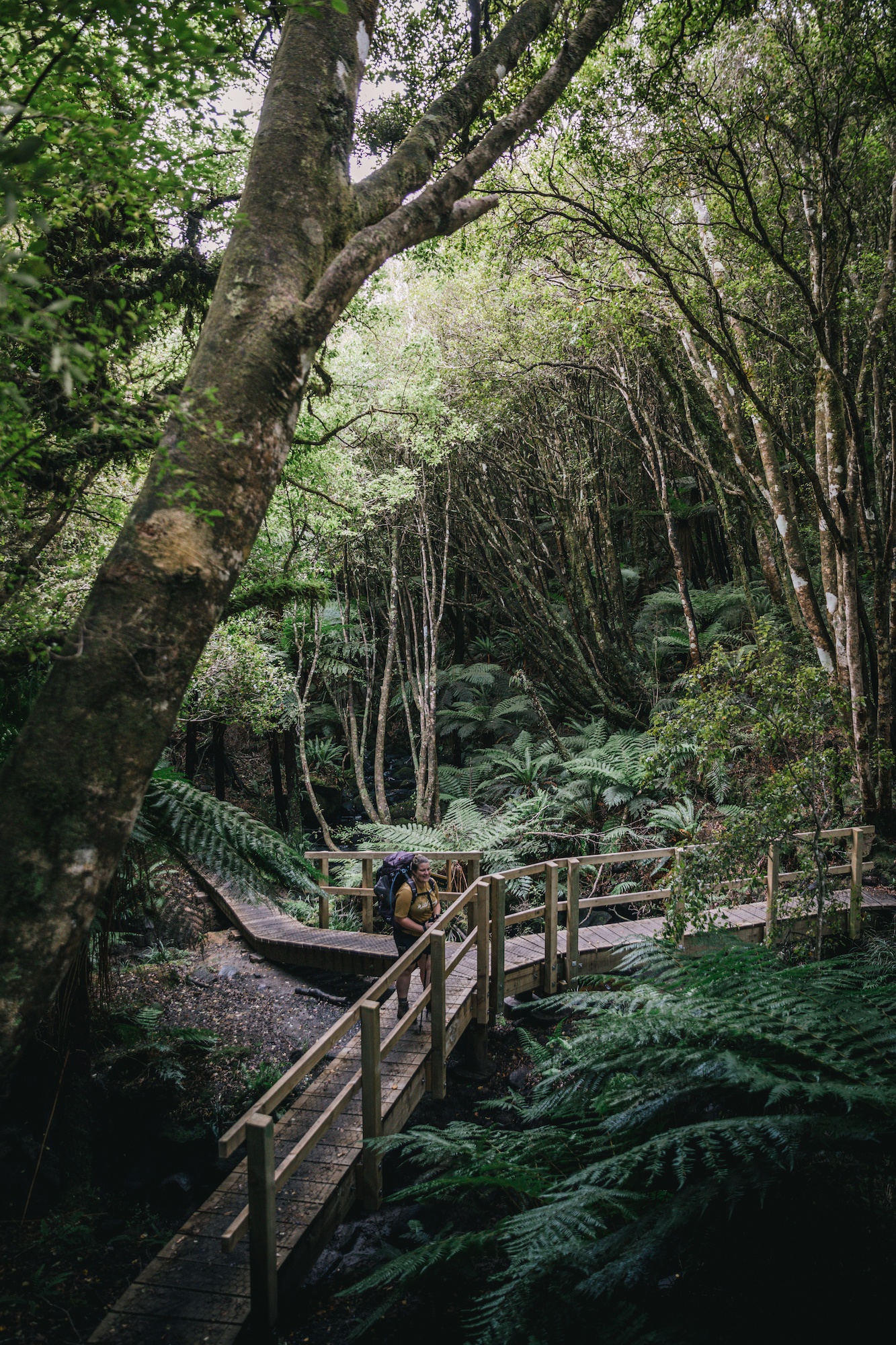
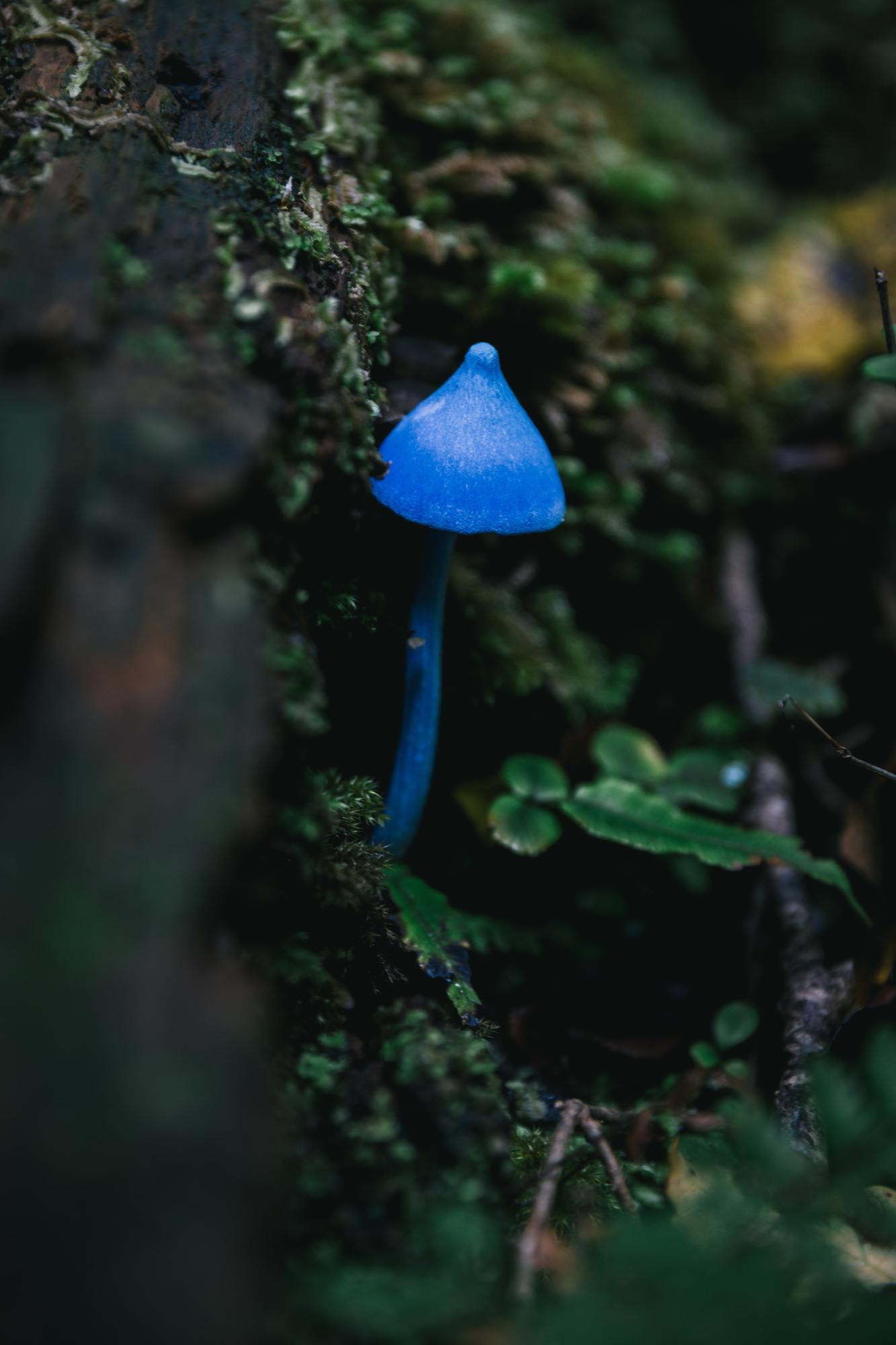
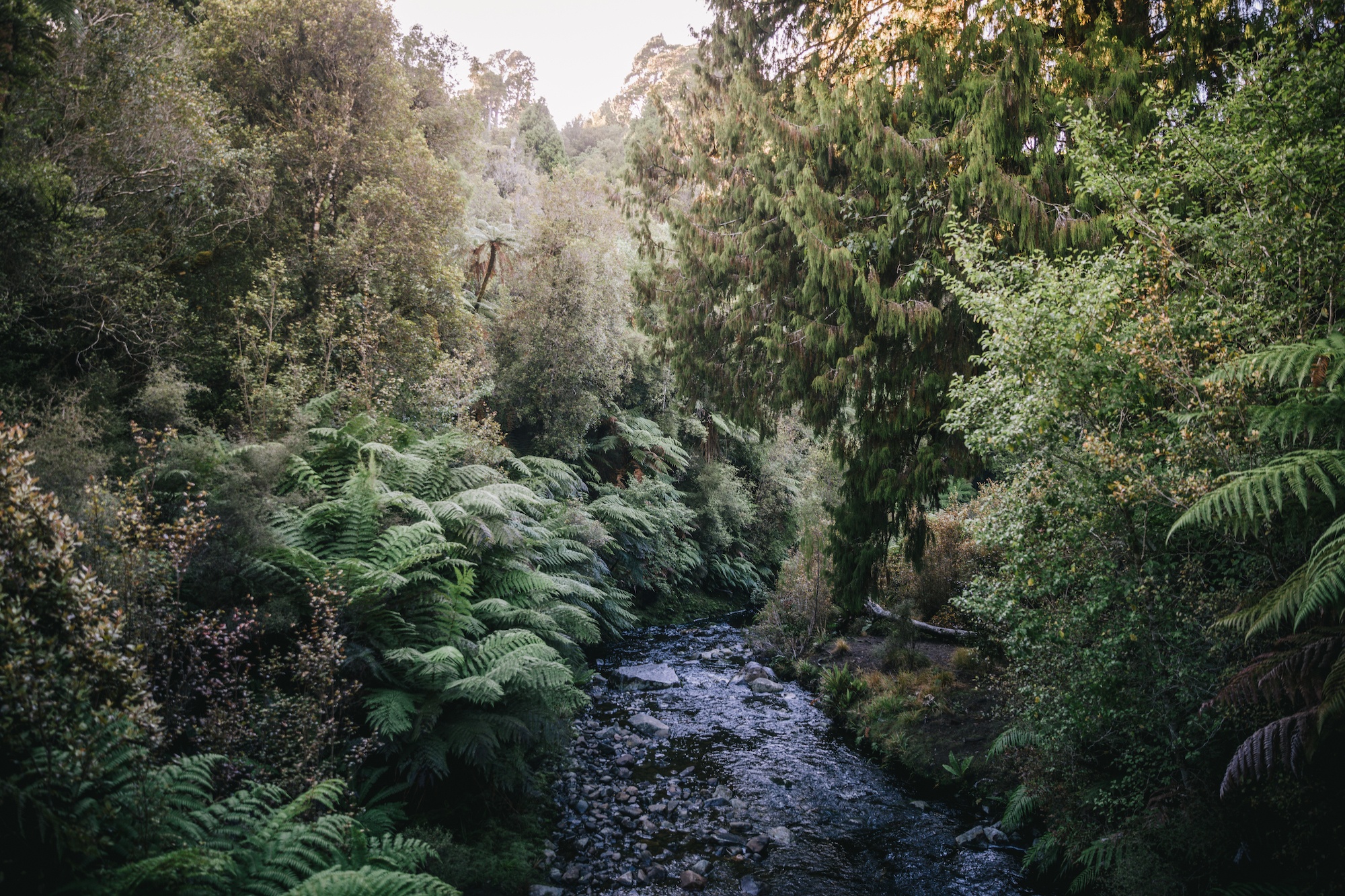
When autumn rolls around, it’s usually exciting to see large red and white toadstools pop up along our favorite walks. If you’re a food forager, head out to your secret spots for porcini mushrooms. But there’s a new celebrity in town: the werewere-kōkako.
Well, this guy has been around forever, but only recently has he been blowing up online. In fact, New Zealand’s blue mushroom adorns our $50 bill; we also hold the honor of being the only country with a mushroom on a banknote. Now that we live in a visual world obsessed with sharable content online, there’s nothing quote so cool as a mushroom so blue it looks like it was drawn with a crayon. It’s so Instagrammable.
Also, we’re not used to seeing neon blue as a natural color. It’s weird. It definitely screams, “Do not eat me!” Though I did meet someone recently who said they had tried the werewere-kōkako and was ok; I’m skeptical.
Current studies show that these guys aren’t magic mushrooms; they don’t contain any psilocybin.
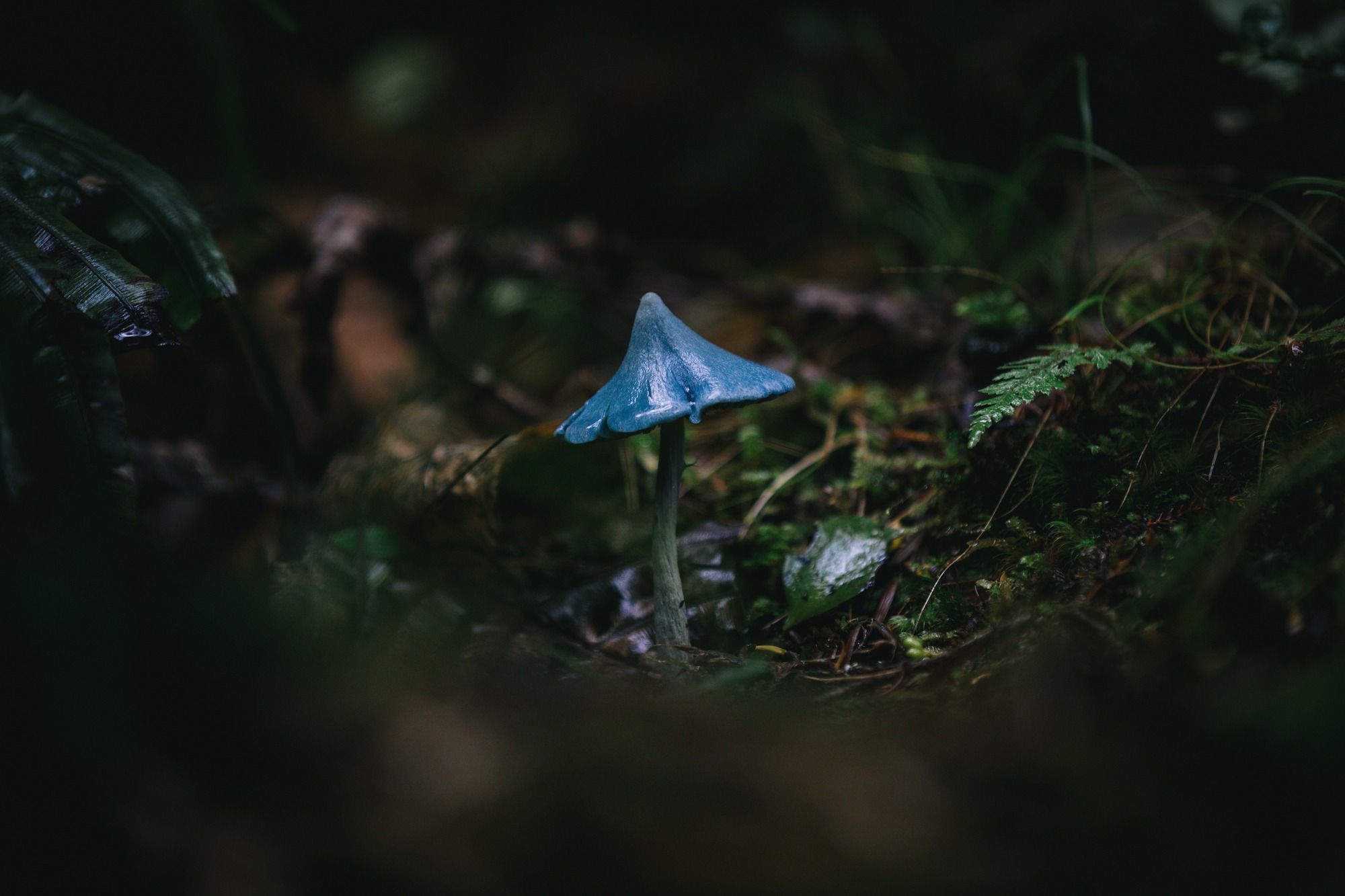
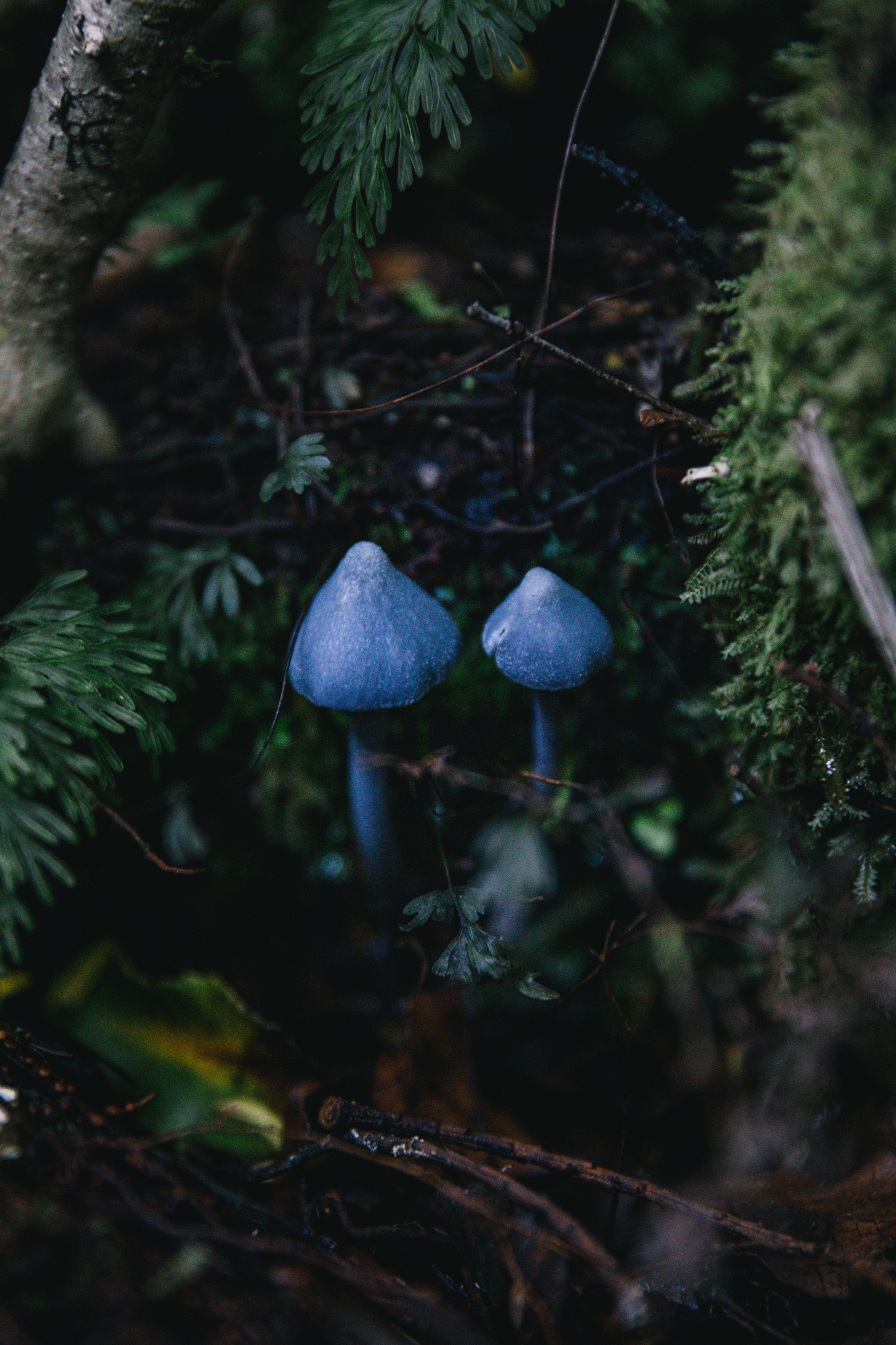
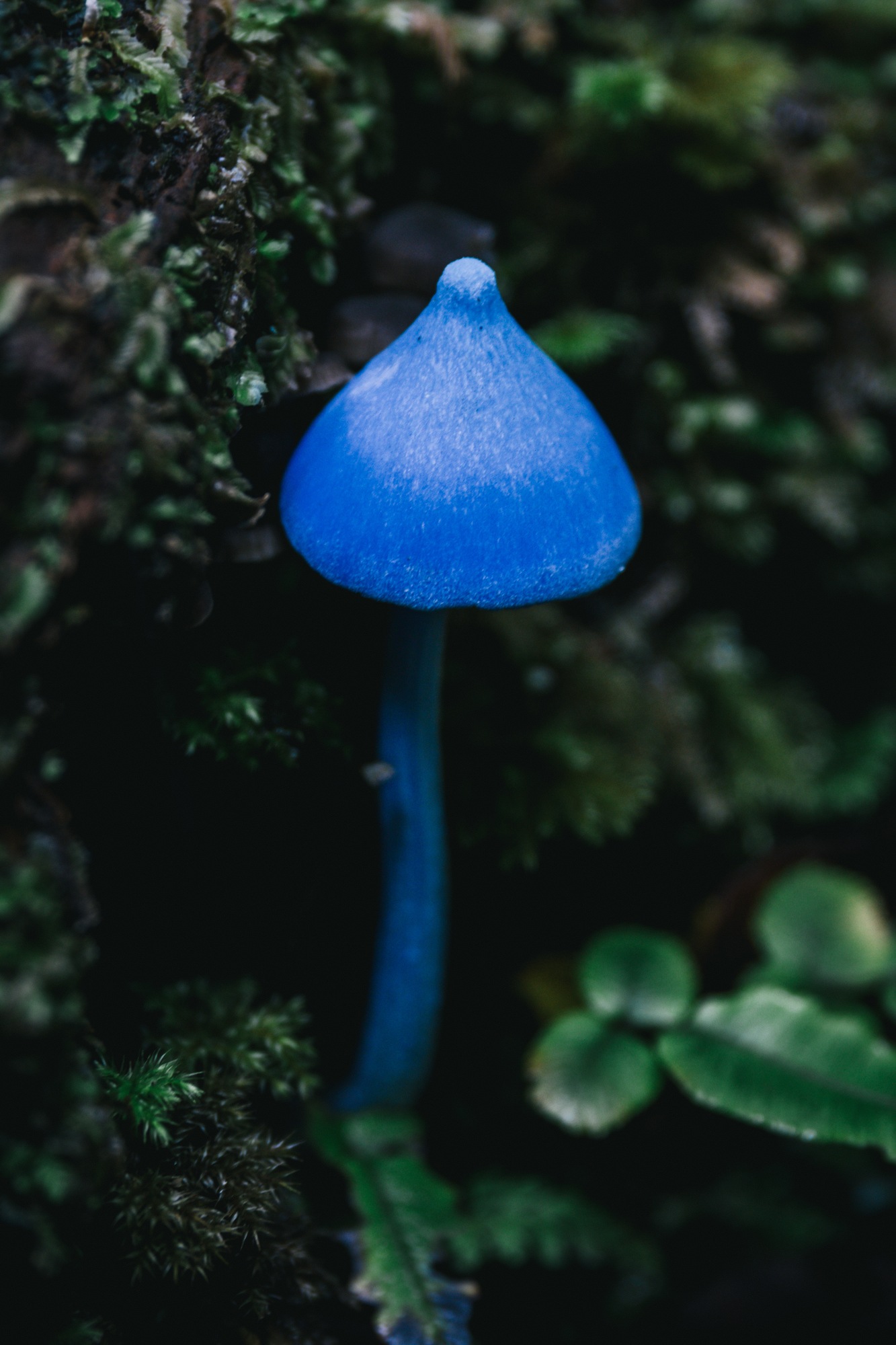
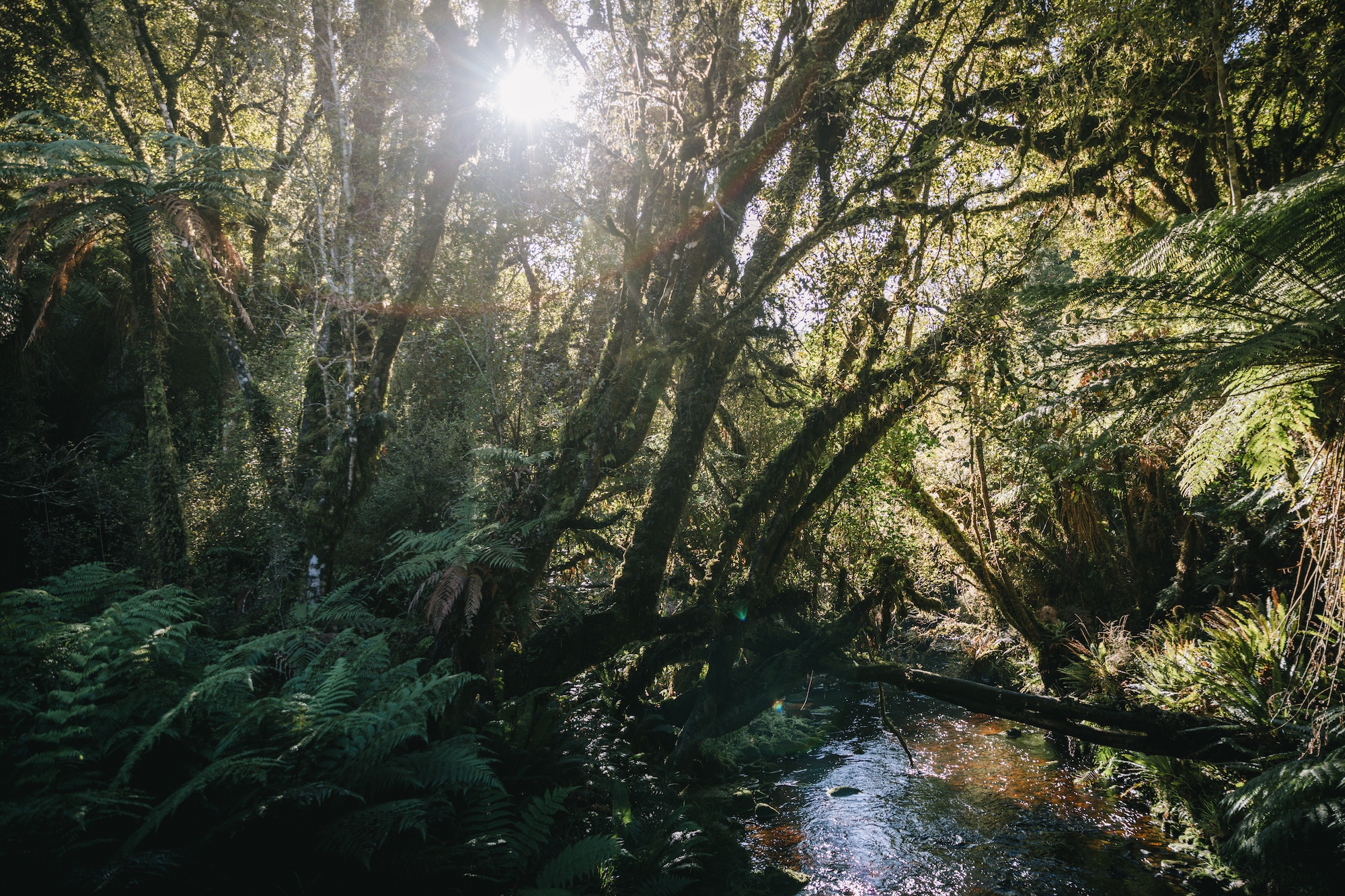
New Zealand’s blue mushroom gets its Māori name, werewere-kōkako, from the color of the blue waddle on the endangered North Island kōkako, a native wattlebird. In one tradition, the kōkako brushed its cheek against the mushroom, giving its wattle the iconic blue color.
The kind of blue your mouth turns after you’ve wolfed down a 7-Eleven slurpee, the werewere-kōkako really does need to be seen to be believed. I’ve found the best time to spot them is in the autumn, in damp areas like the West Coast or Rakiura/Stewart Island. Remember, autumn down under is April through June-ish. I’ve only seen them in the temperate rainforests, popping up amongst moss or leaf litter beneath native trees.
One thing I love about mushroom hunting is that you have to slow down and be present. You’ll probably miss them if you tramp really quickly in New Zealand. They’re not that big, maybe up to four centimeters. Often, we saw them somewhat clustered together in pairs, with quite a few in the same area. Once you know what to look for, they become much easier to spot.
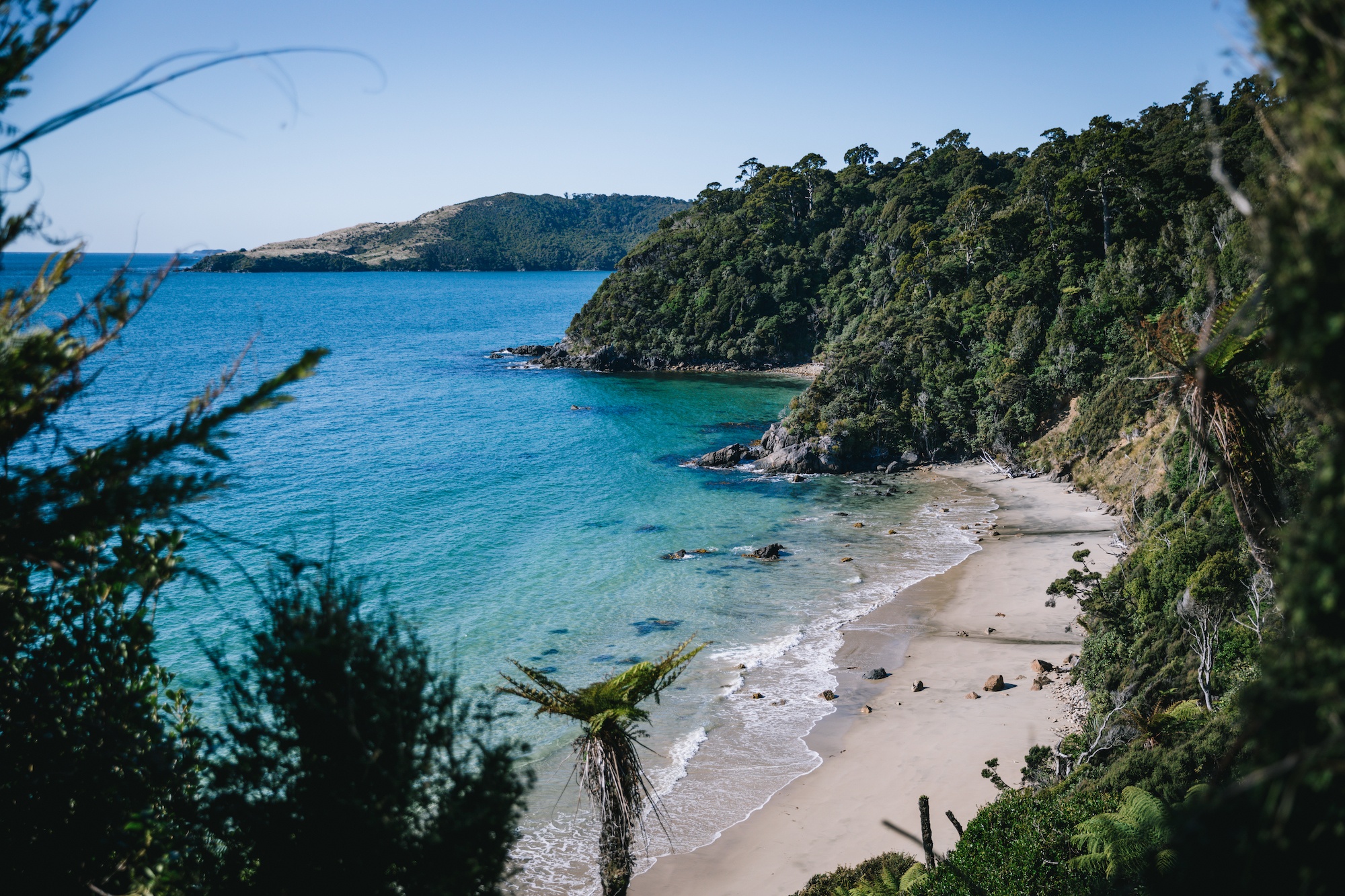
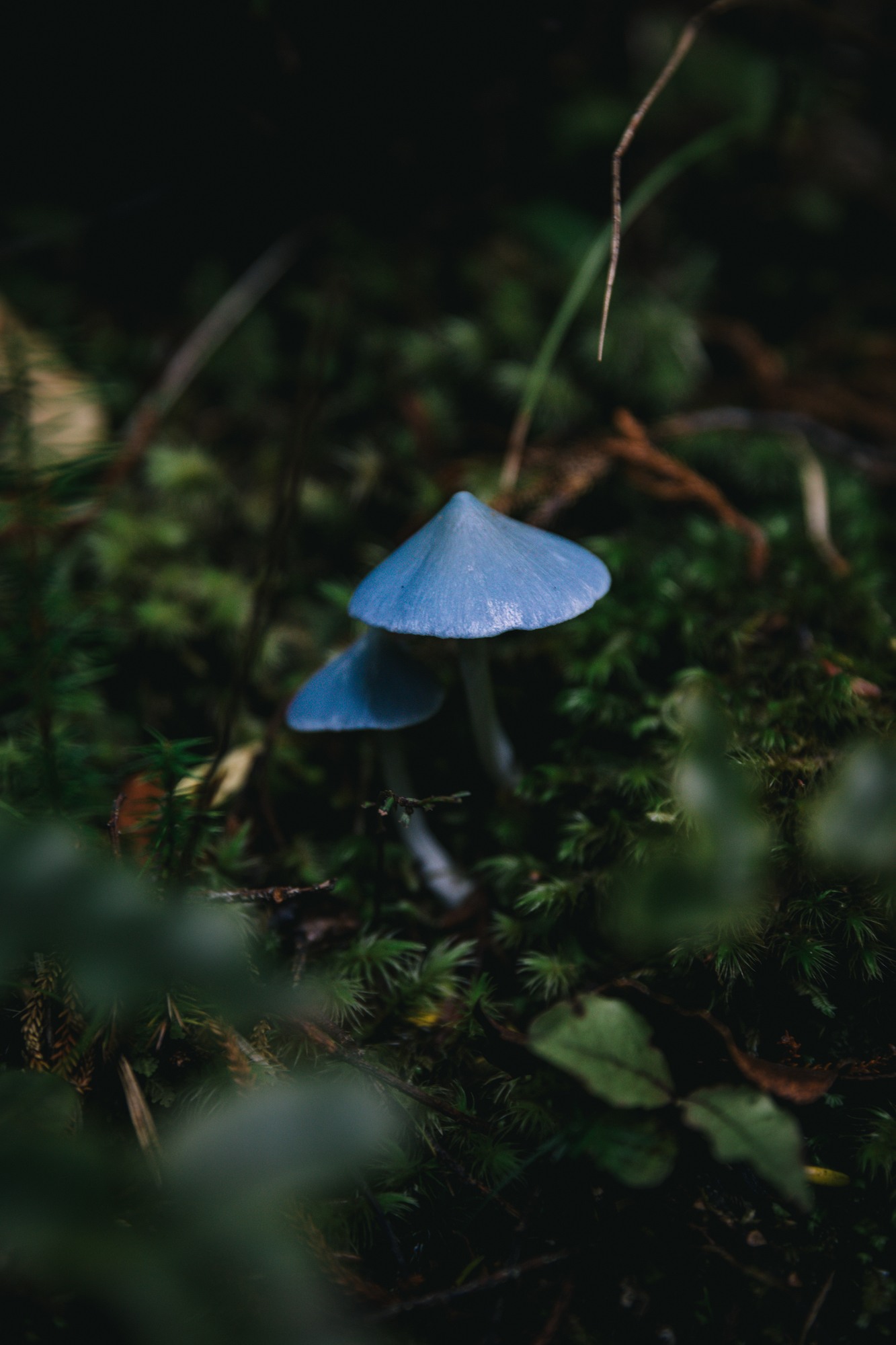
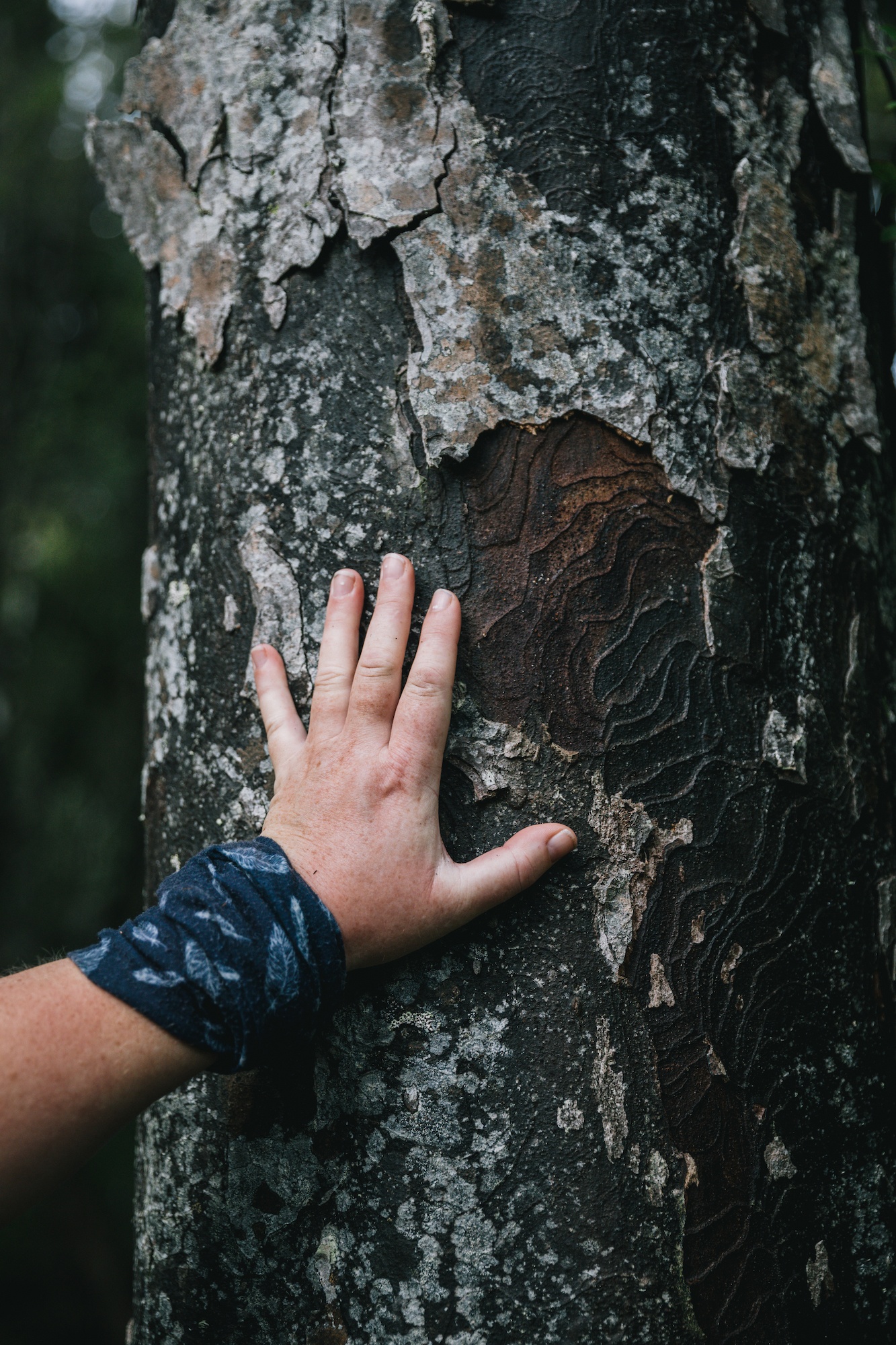
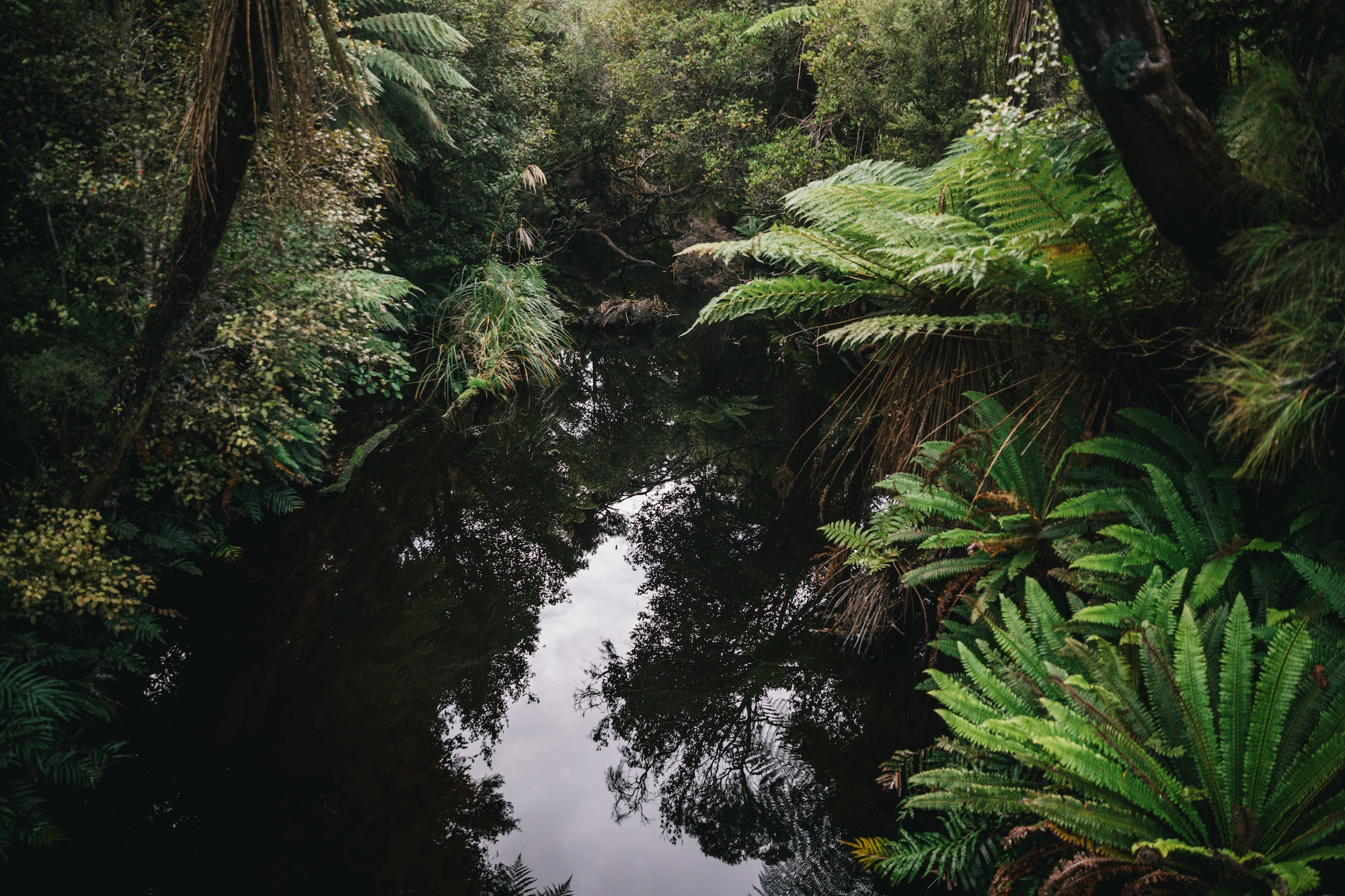
There is something really engaging about seeing a pop of neon blue in a forest full of deep greens and browns.
While I’ve seen New Zealand’s blue mushroom here and there over the years from my time spent in the bush, I never really stopped to consider it until last autumn when I hiked the Rakiura Track with friends over Easter. They were everywhere, along with many other types of mushrooms. It was an unexpected but super fun game of mushroom spotting while tramping through the bush.
The werewere-kōkako are striking. A pinkgill mushroom (Entoloma genus), so far, no one has figured out what pigment makes these guys so blue. And this is actually a big deal because most blues we see in food, drinks, and even makeup come from synthetic blue dye. Most blues that appear in nature oxidize quickly, turning brown.
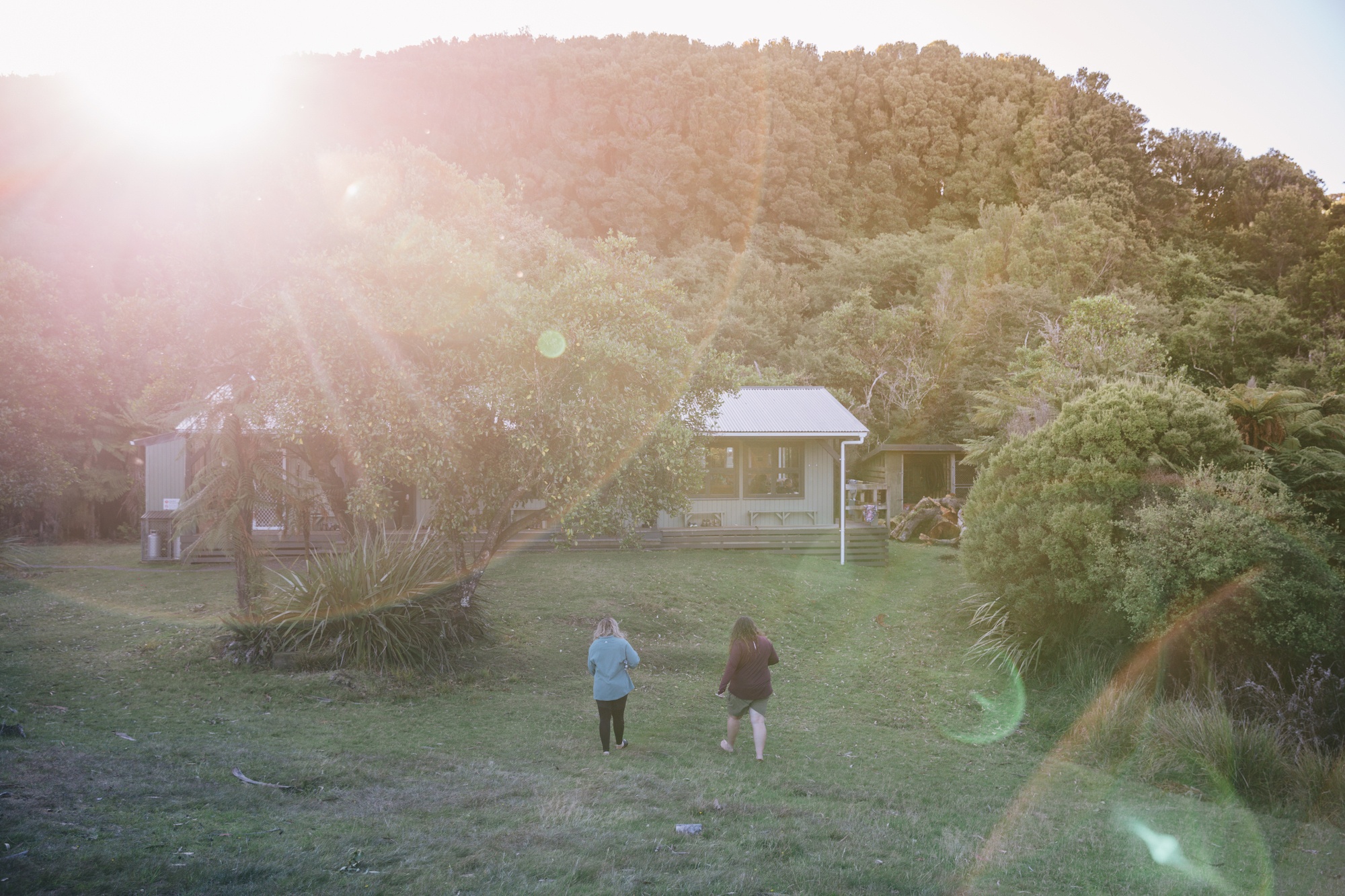
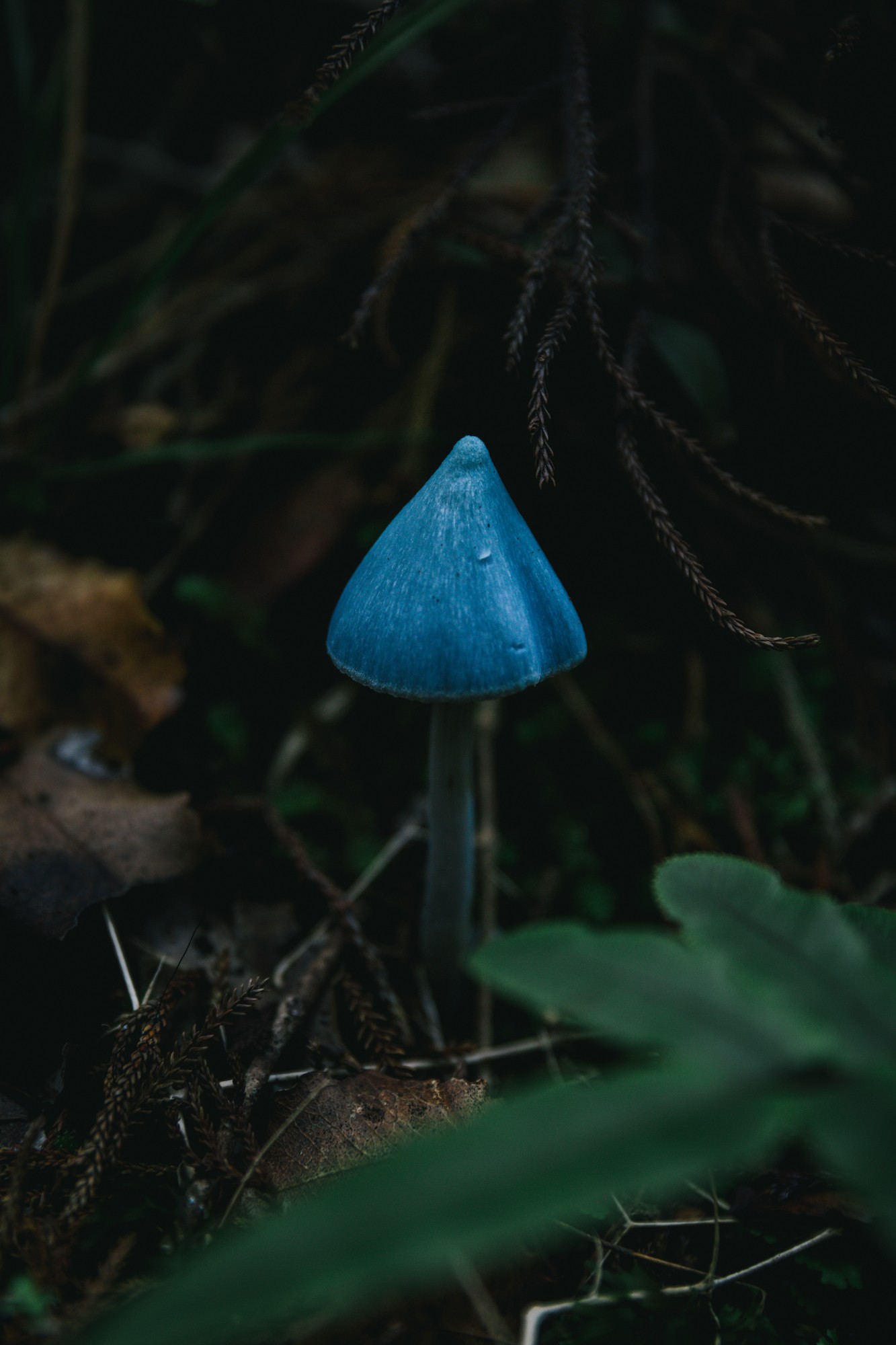
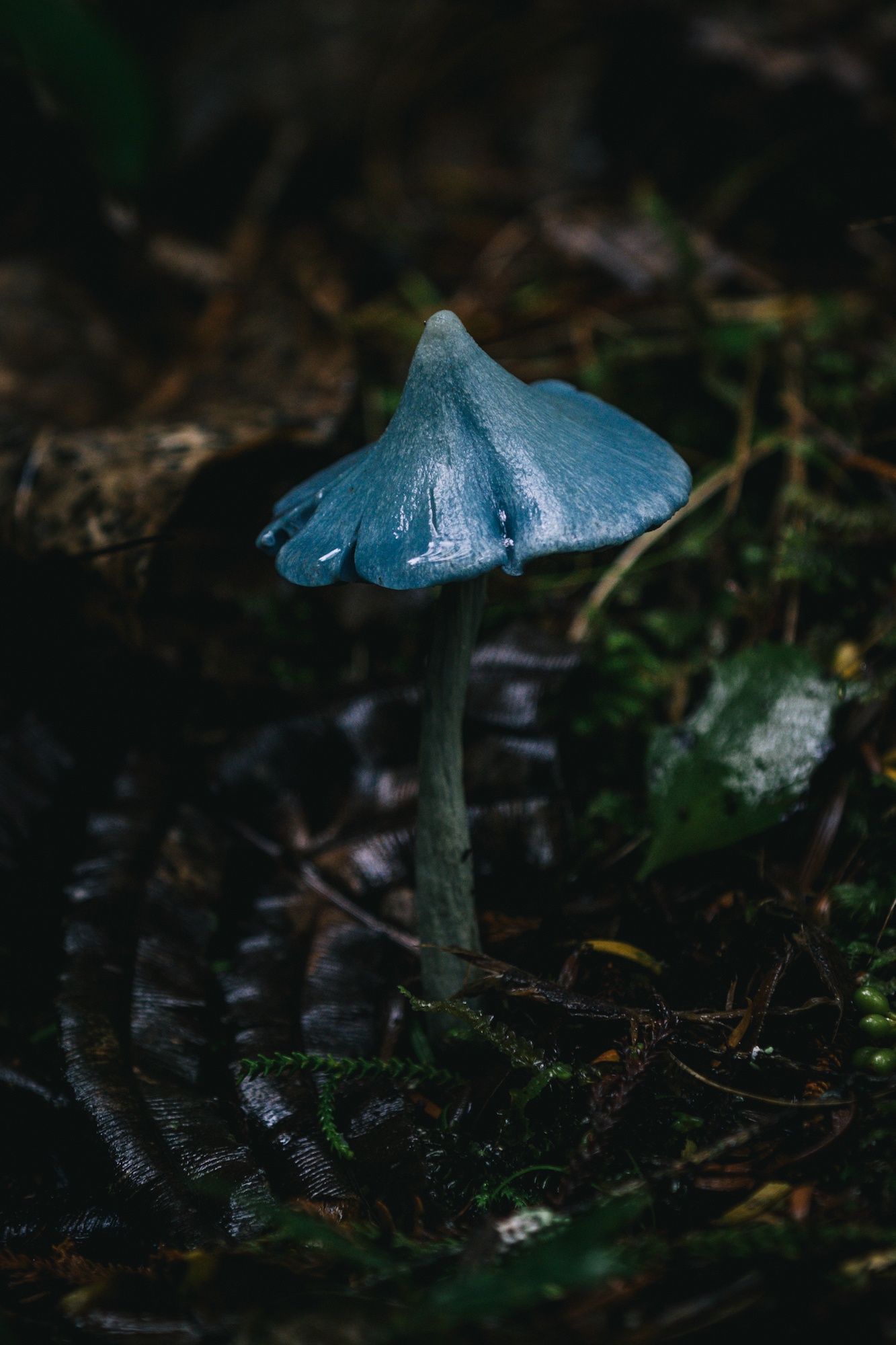
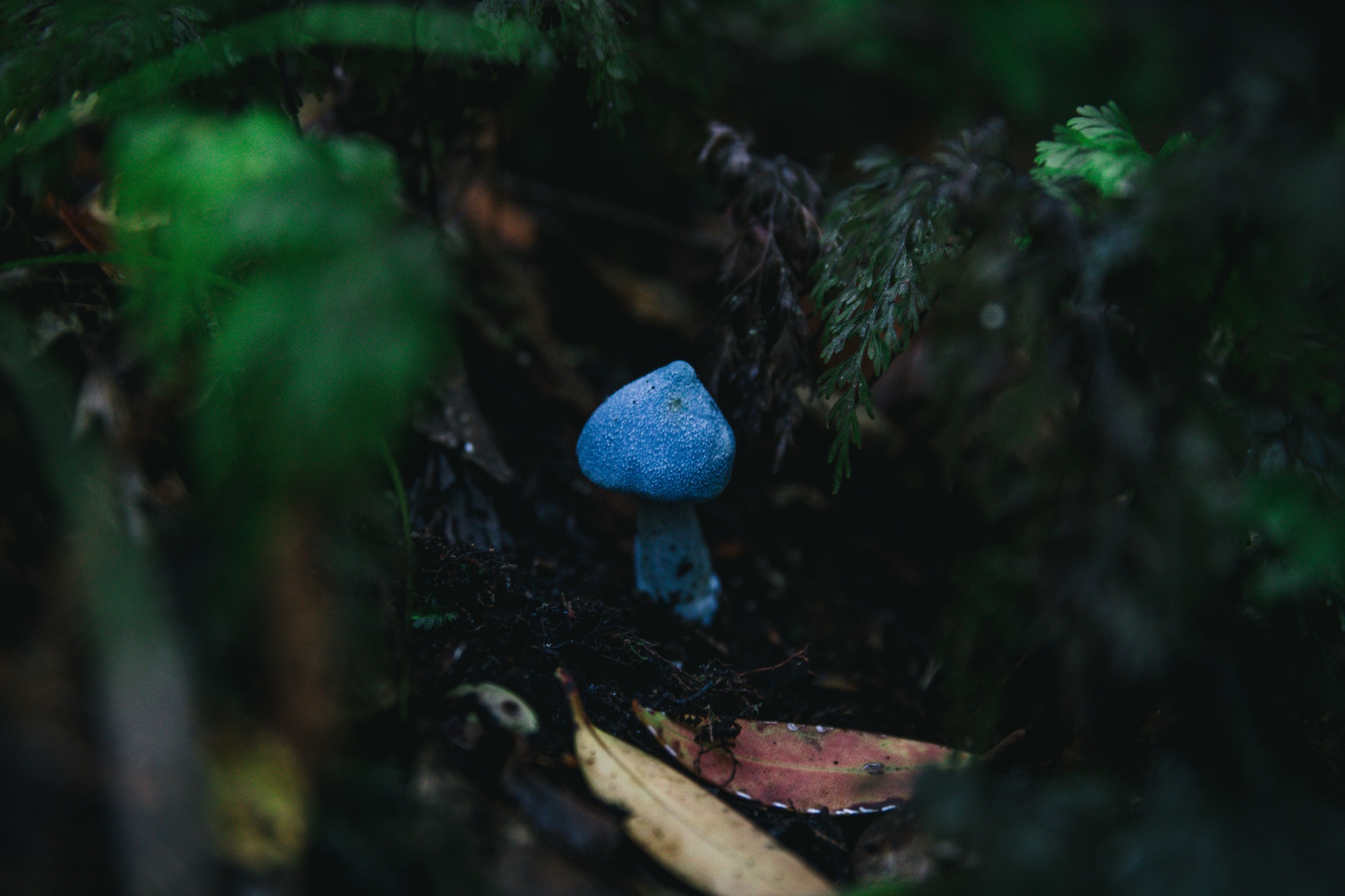
Scientists here have been trying to isolate the genes that make the werewere-kōkako so blue but have not had much luck. They’ve also tried growing the mushrooms in labs and failed. But some believe that if we could figure it out, we could produce the world’s first all-natural blue food dye.
And this is where it gets interesting. Werewere-kōkako are taonga (treasured) species in New Zealand. Māori retain authority around genetics, and commercial work related to it must involve careful collaboration and partnership with iwi and hapū.
So now is the time to search for New Zealand’s blue mushroom. They’re found all over the country (for the most part); you just have to start looking down. Don’t be afraid to get your knees muddy, kneel on the ground, and look beneath ferns and amongst the mosses.
The reward of a glimpse of a bright blue werewere-kōkako is so worth it.
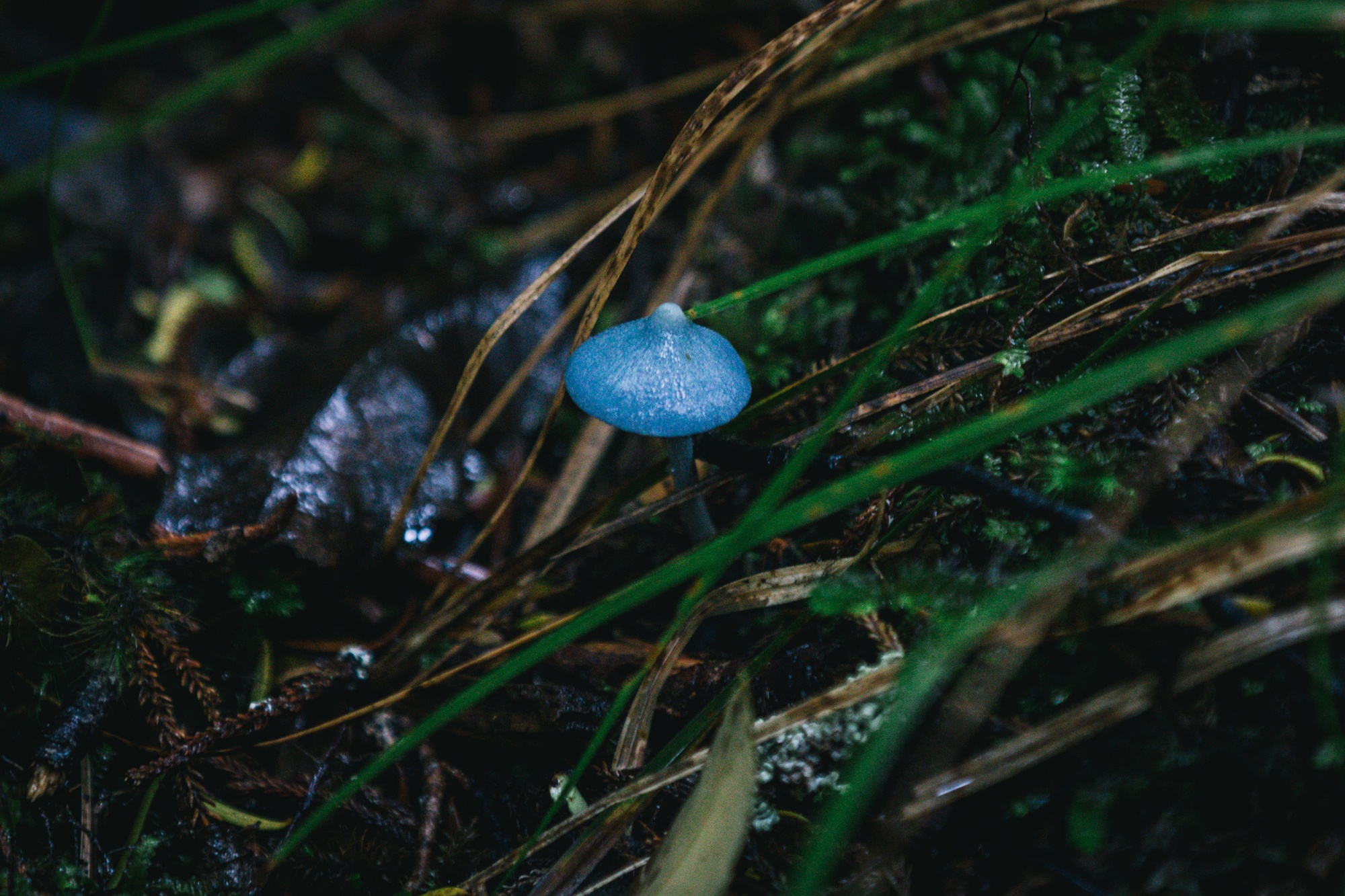
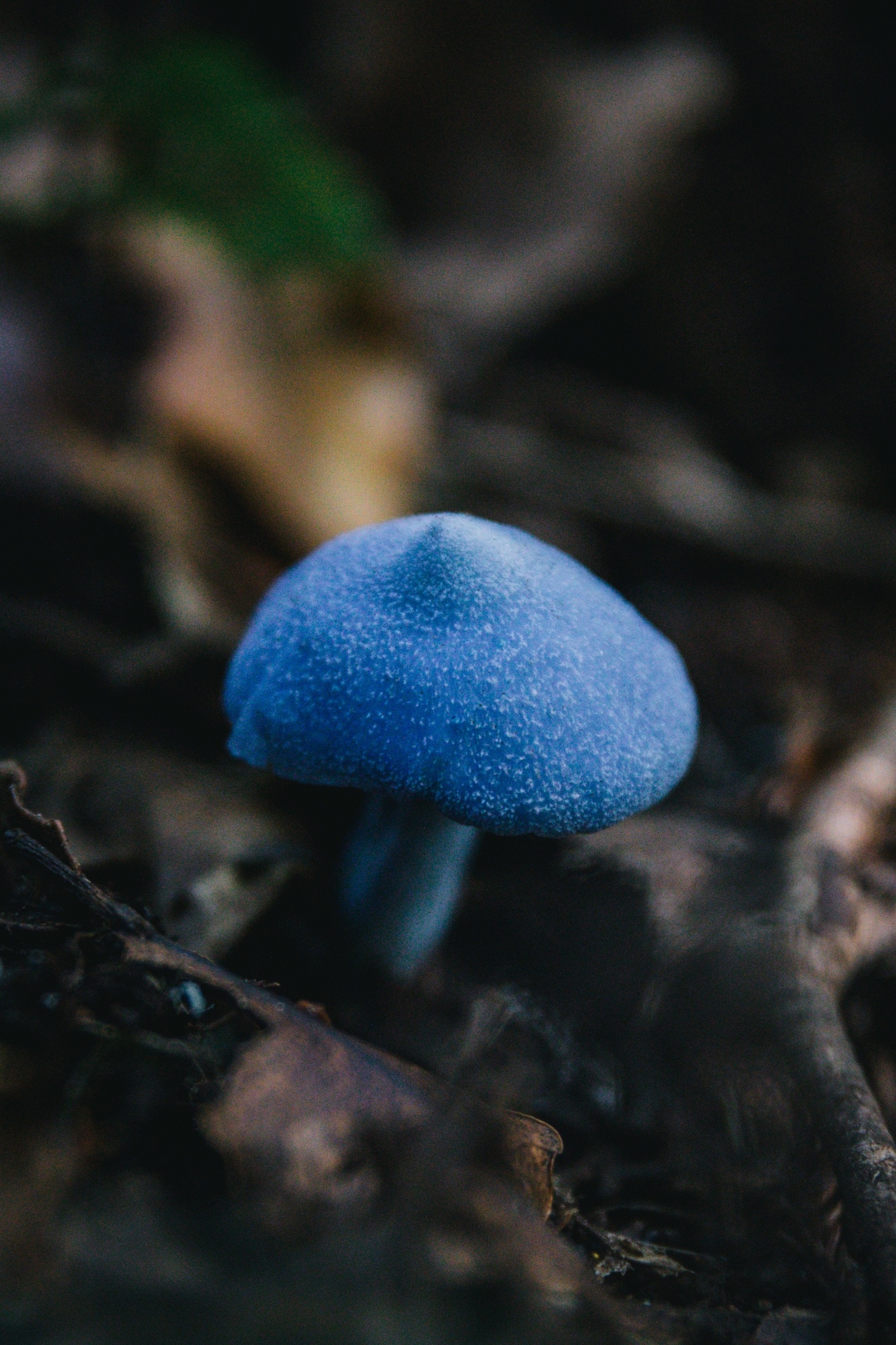
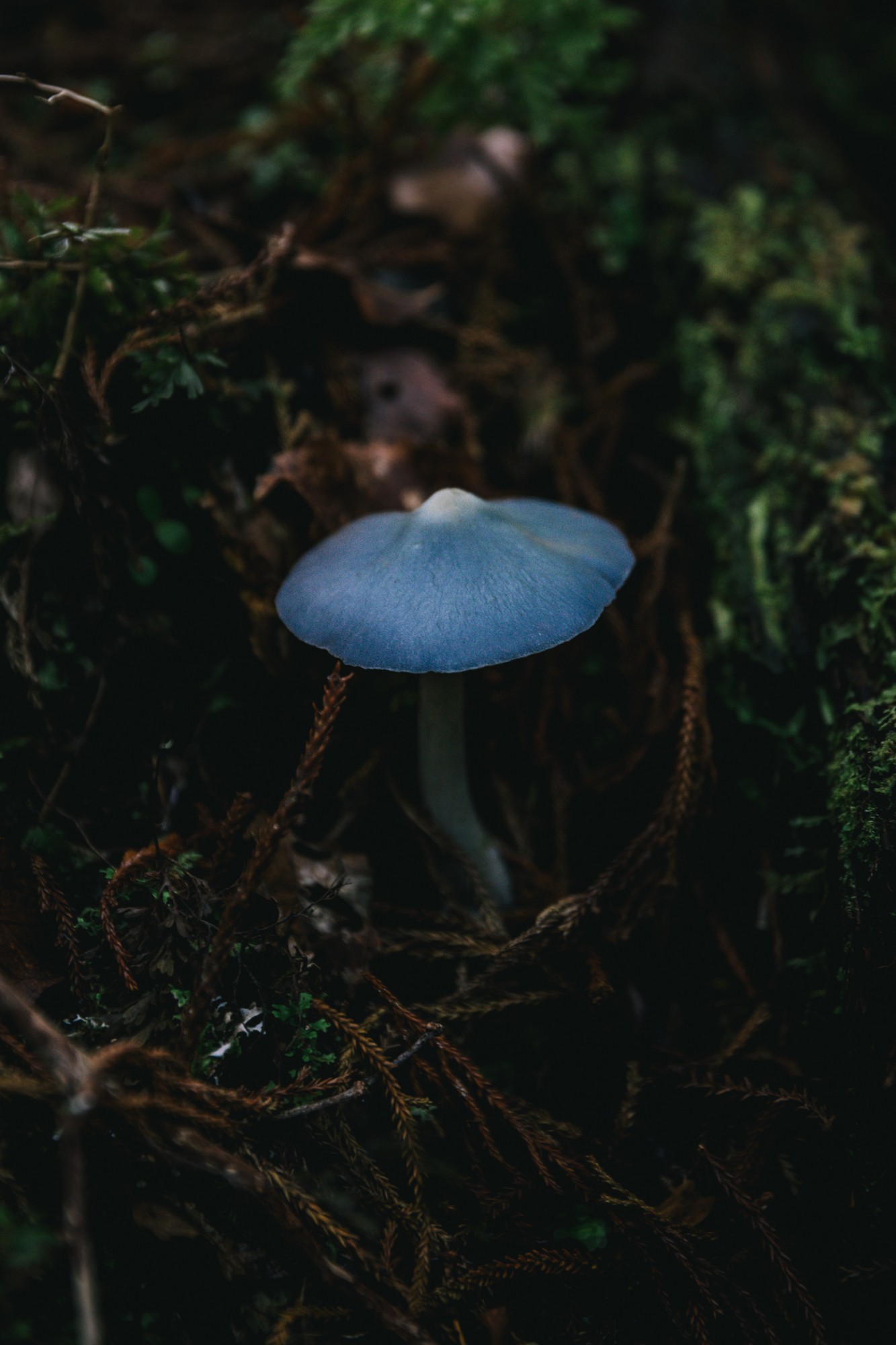
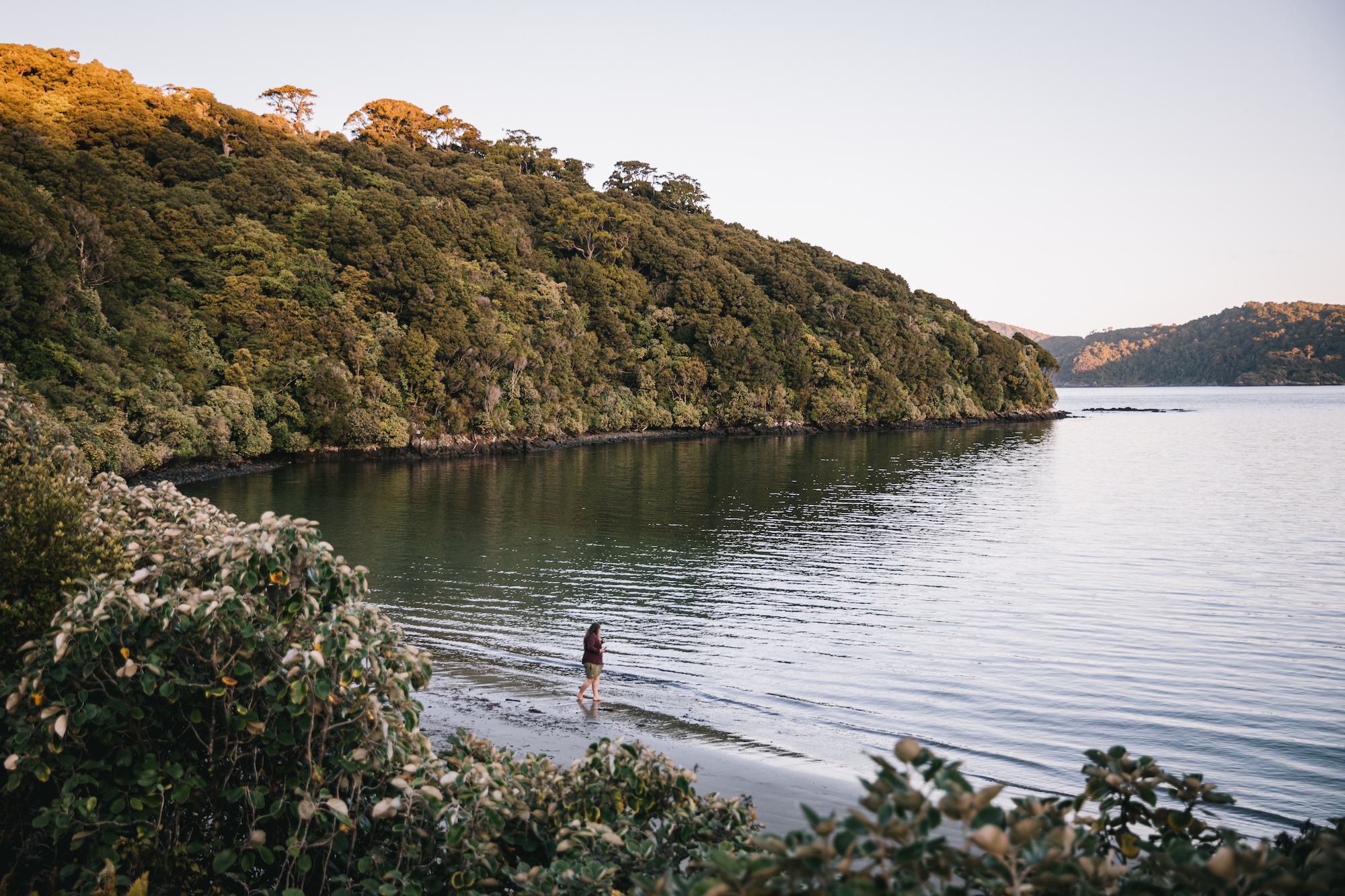
The post New Zealand’s blue mushroom the world is obsessed with appeared first on Young Adventuress.


